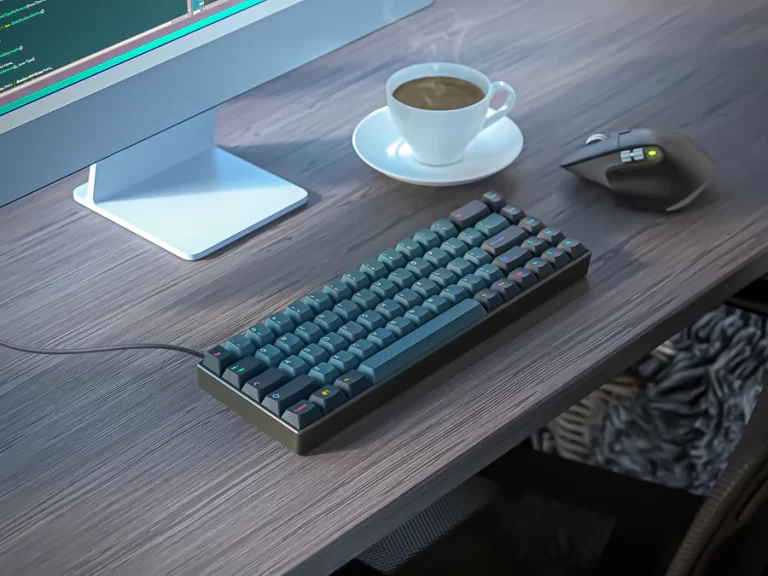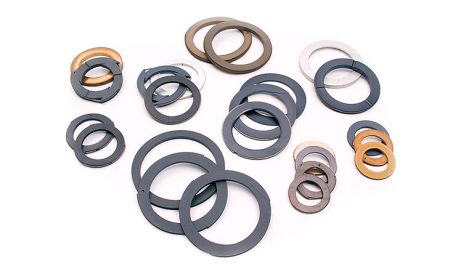In the ever-evolving landscape of personal productivity and workspace optimization, enthusiasts are constantly seeking ways to enhance their efficiency and comfort. One overlooked yet impactful aspect of this quest is the keyboard, the gateway to our digital realm. Enter the realm of custom keyboard kits, a niche market that has been gaining traction among tech-savvy individuals looking to elevate their typing experience. In this article, we’ll explore the world of personalized workspaces and the journey of building a custom keyboard kit.
The Significance of Personalized Workspaces:
A personalized workspace is more than just a visually appealing arrangement of furniture and gadgets. It’s a reflection of your unique style, preferences, and workflow. The keyboard, as a primary input device, plays a crucial role in this equation. A custom keyboard kit allows users to tailor their typing experience to match their specific needs, fostering a sense of ownership and efficiency in their workspace.
Choosing the Right Custom Keyboard Kit:
The custom keyboard market offers a diverse array of kits, each catering to different tastes and requirements. Mechanical switches, keycap profiles, and form factors are just a few variables that users can customize. When selecting a kit, it’s important to consider factors such as typing preferences, ergonomic design, and the aesthetic appeal of the keyboard.
Building Your Custom Keyboard:
Building a custom keyboard can be an exciting DIY project that combines technical prowess with personal creativity. The process typically involves selecting individual components, including the keyboard case, PCB (printed circuit board), switches, and keycaps. Assembling these parts requires careful attention to detail, but the reward is a keyboard that is uniquely yours.
Choosing the Keyboard Case:
- The case not only provides structural support but also contributes to the overall aesthetics of the keyboard. Options range from sleek aluminum cases to more unconventional materials like wood or acrylic.
Selecting the PCB and Switches:
- The PCB is the heart of the keyboard, connecting all the switches and facilitating communication with the computer. Mechanical switches, available in various types such as tactile, linear, and clicky, define the typing feel. Choosing the right combination can significantly impact typing comfort and speed.
Customizing Keycaps:
- Keycaps are the most visible part of the keyboard and play a significant role in the overall look and feel. Enthusiasts can choose from a myriad of keycap materials, colors, and profiles to create a visually stunning and tactilely satisfying keyboard.
Programming and Firmware:
- Many custom keyboards support firmware customization, allowing users to program macros, remap keys, and fine-tune the typing experience. This feature adds a layer of personalization that goes beyond the physical components.
Benefits of a Custom Keyboard:
Ergonomics:
- Custom keyboards can be designed with ergonomic considerations in mind, reducing strain and fatigue during extended typing sessions.
Productivity Boost:
- Tailoring the layout and functions of the keyboard to your workflow can lead to increased typing speed and overall productivity.
Aesthetic Appeal:
- The ability to choose materials, colors, and keycap designs ensures that your keyboard complements your workspace and personal style.
Conclusion:
Building a personalized workspace with a custom keyboard kit is a journey that combines technical expertise with creative expression. The result is not just a tool for typing but a reflection of your individuality and preferences. As we continue to unlock the potential of our workspaces, custom keyboards stand out as a tangible and satisfying way to enhance the daily computing experience. So, dive into the world of custom keyboards and discover the joy of typing on a keyboard that is uniquely yours.





